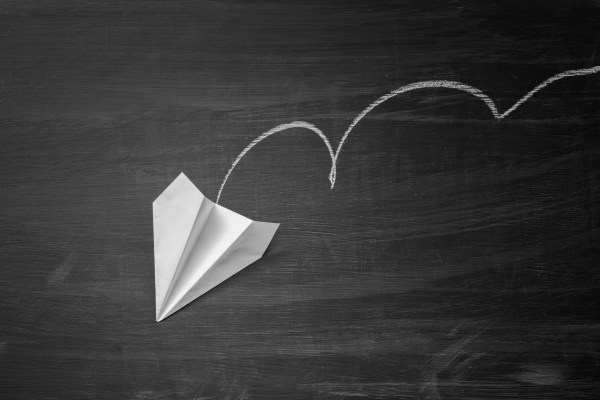In non-aerobatic fixed-wing aviation, spins are an emergency. If you don’t have spin recovery training, you can easily make things worse, dramatically increasing your chances of crashing. Despite the life-and-death consequences, licensed amateur pilots in the United States are not required to train for this. Uncontrolled spins don’t happen often enough to warrant the training.
Startups can enter the equivalent of a spin as well. My startup, Kolide, entered a dangerous spin in early 2018, only a year after our Series A fundraise. We had little traction and we were quickly burning through our sizable cash reserves. We were spinning out of control, certain to hit the ground in no time.
Kolide had a lot going for it that enabled me to recover the company, but by far the most important was that we recognized we were in a spin very early, and we had enough cash remaining (and therefore sufficient time) to execute a recovery plan.
All spins start with a stall — a reduction in lift when either the aircraft is flying too slowly or the nose is pointed too high. In Kolide’s case, we were doing both.
First, we raised too much money too fast. In order to justify the post-money valuation that came with the raise, we set unattainable goals. To make matters worse, we lacked the confidence in our product and strategy, so we developed our solution with hesitancy, underspending in critical areas. As a result, we were flying too steep and too slow. We stalled.
If a stall isn’t corrected promptly, a spin can develop. Flat spins are one of the worst. Once the flat spin starts, there are a number of techniques experienced pilots should perform to recover the aircraft. Nearly all of these techniques require a critical resource, altitude — or, put another way, time.
Just like amateur pilots, startup CEOs don’t receive spin recovery training. When Kolide was spinning out of control, the vast majority of the advice I received was to cut our losses and sell the company or return the money to the investors.
At the time, I didn’t find any promising examples of companies with these same problems successfully recovering; I found only smoldering wreckage. By February 2019, my co-founders departed.
Despite this tell-tale sign of imminent demise, I was ultimately able to recover and put us on track for a great fundraise. Here’s how I recreated the engineering process.
Buying time
Kolide had a lot going for it that enabled me to recover the company, but by far the most important was that we recognized we were in a spin very early, and we had enough cash remaining (and therefore sufficient time) to execute a recovery plan. Even waiting just a few more months would have likely changed the outcome.
